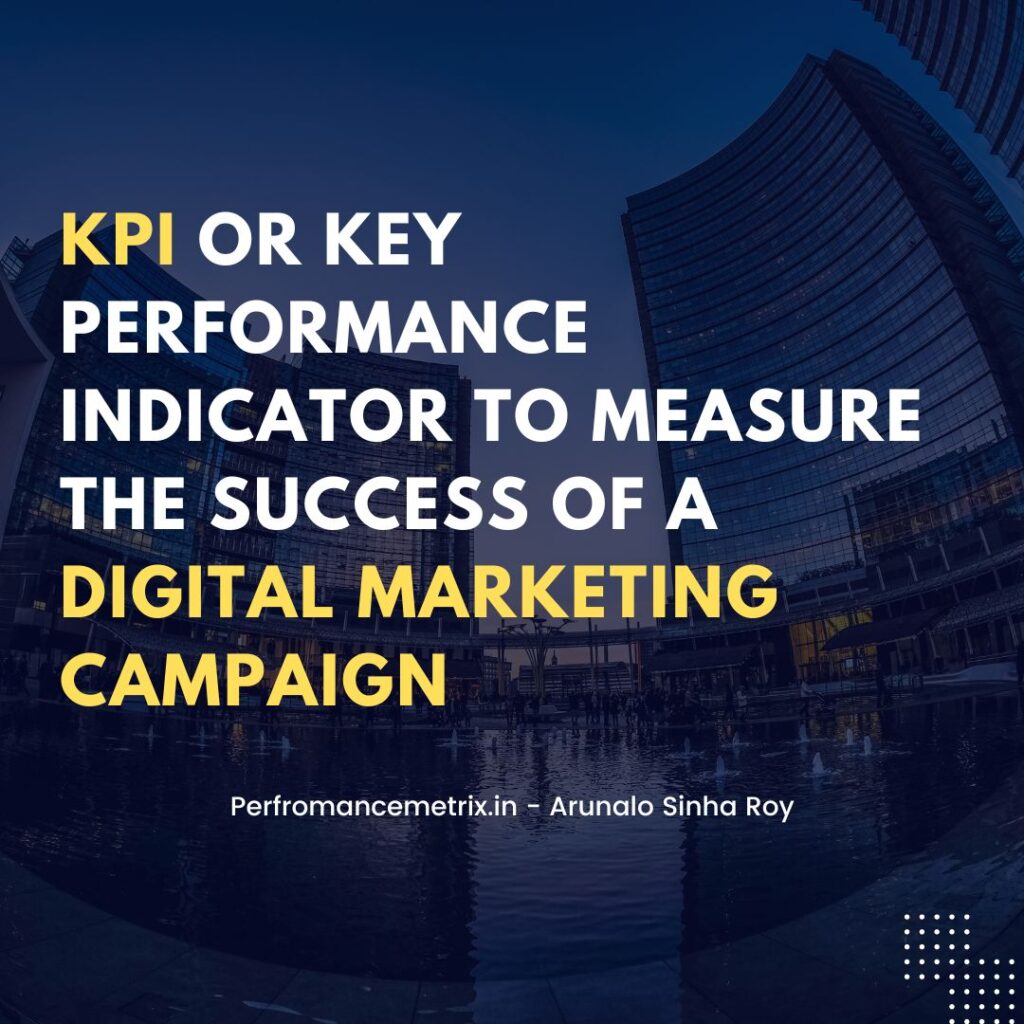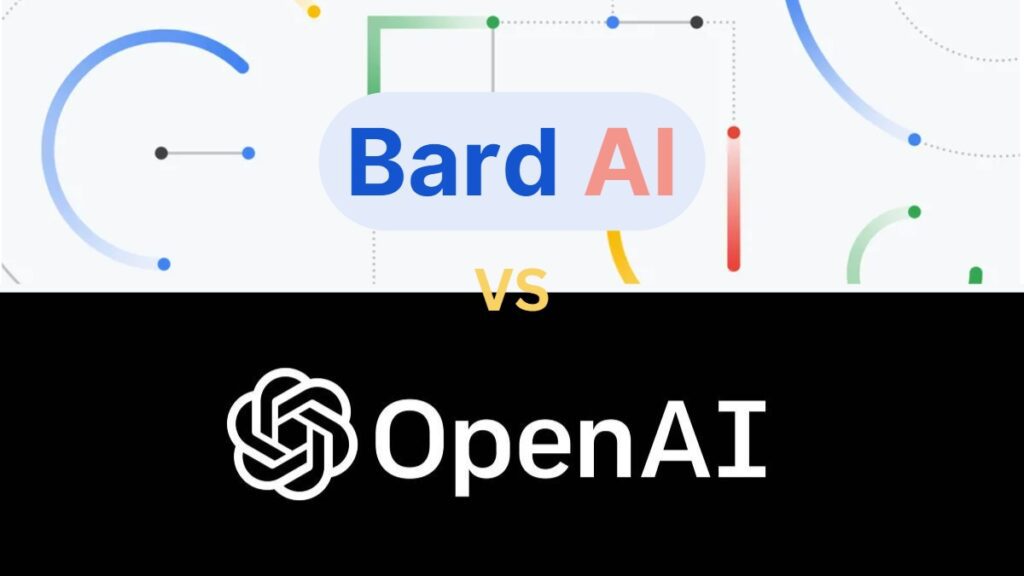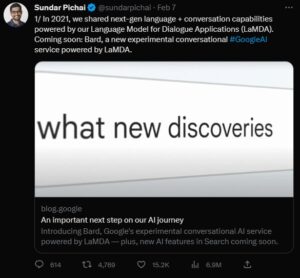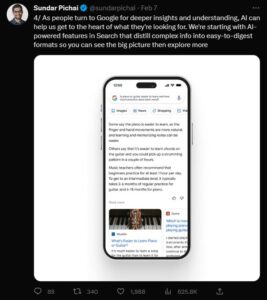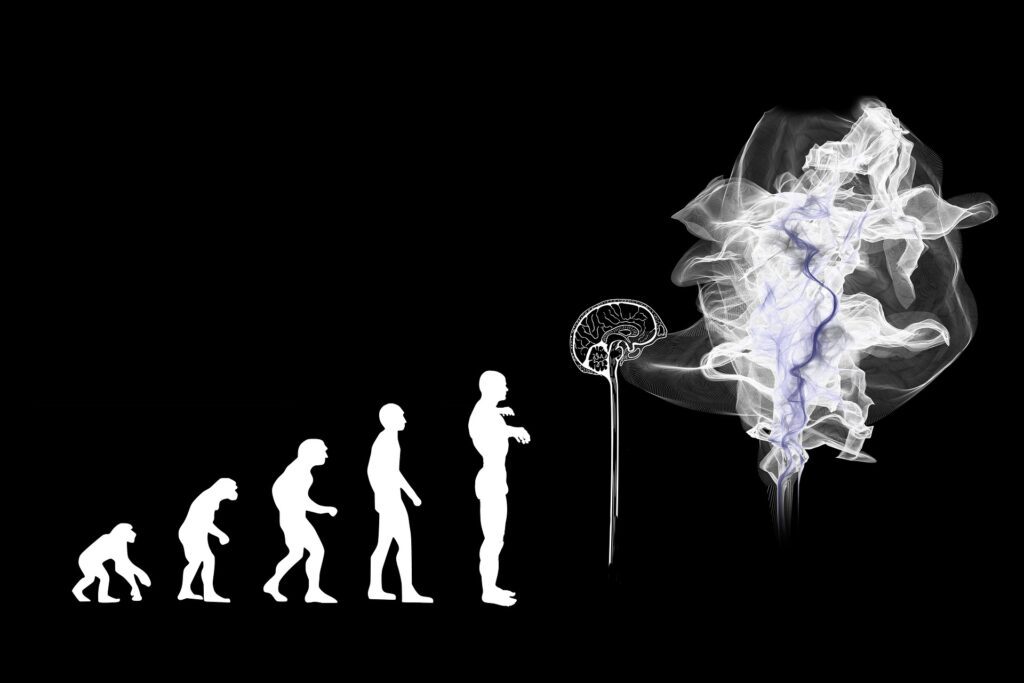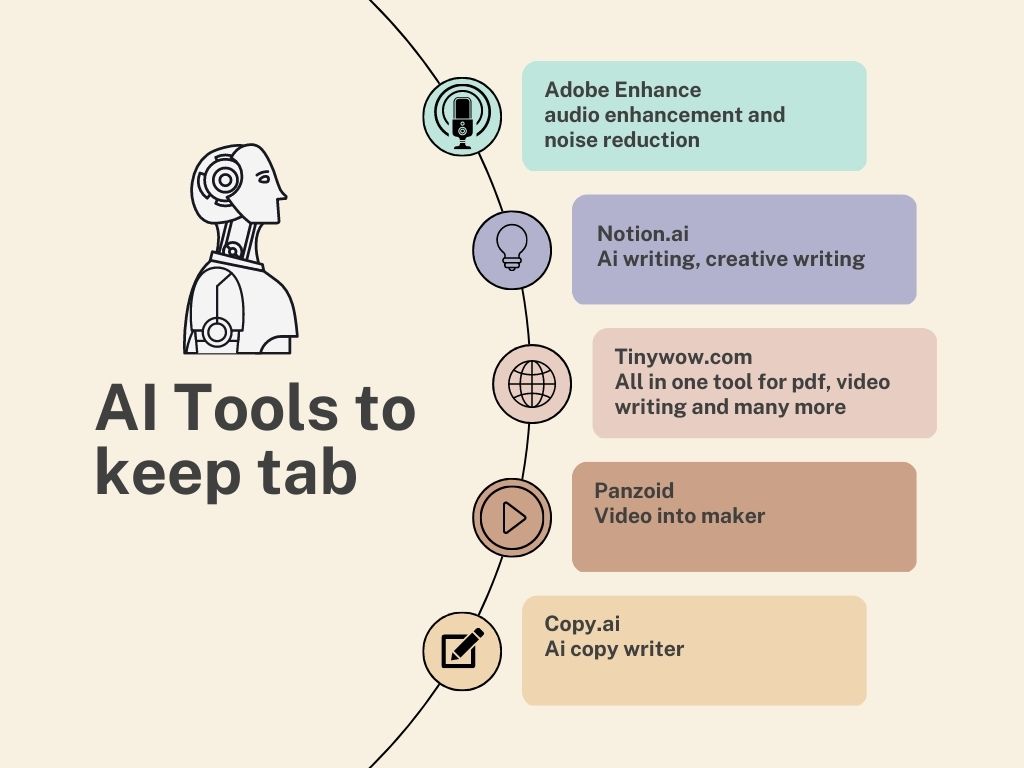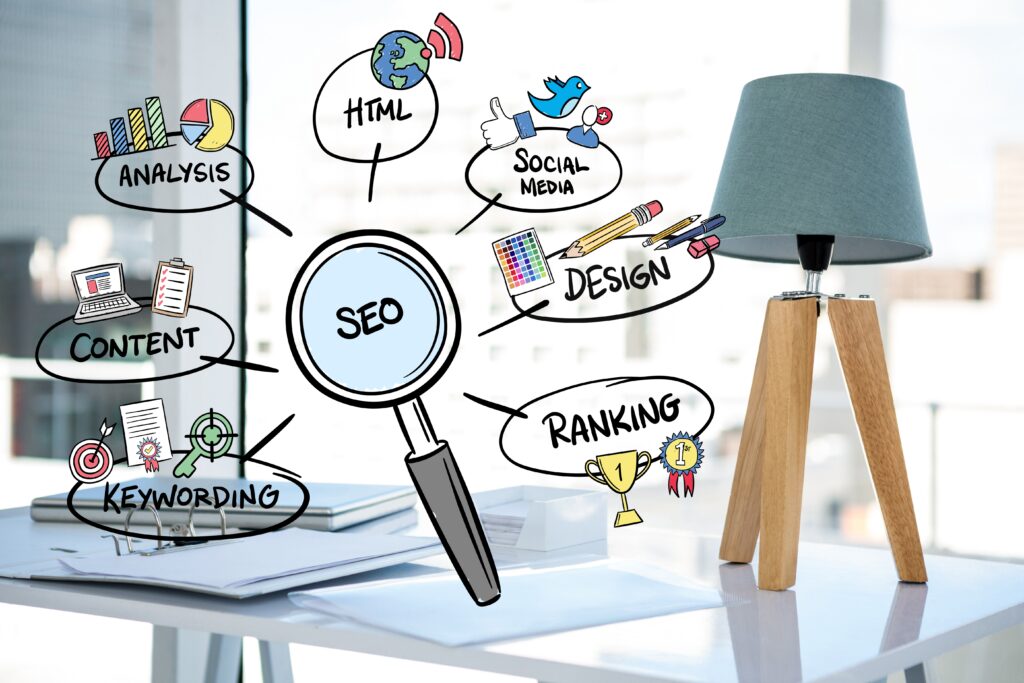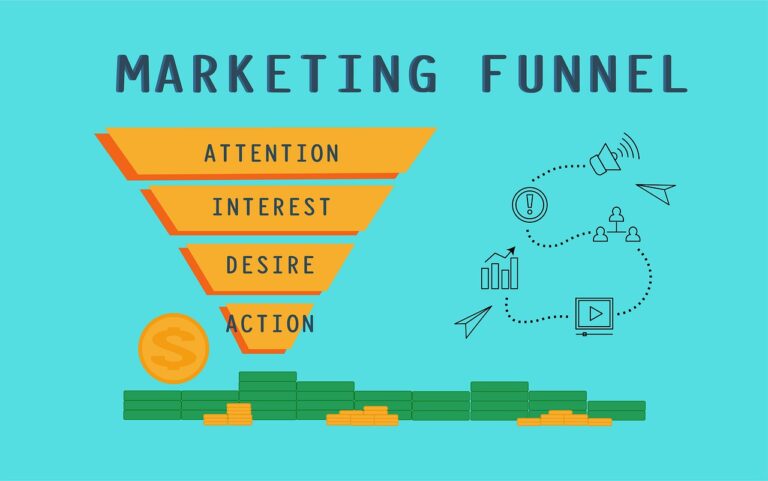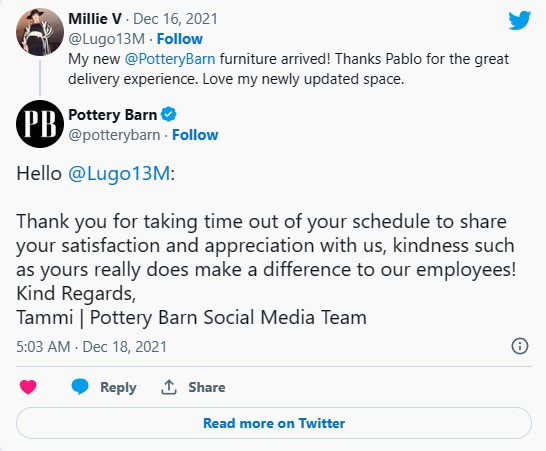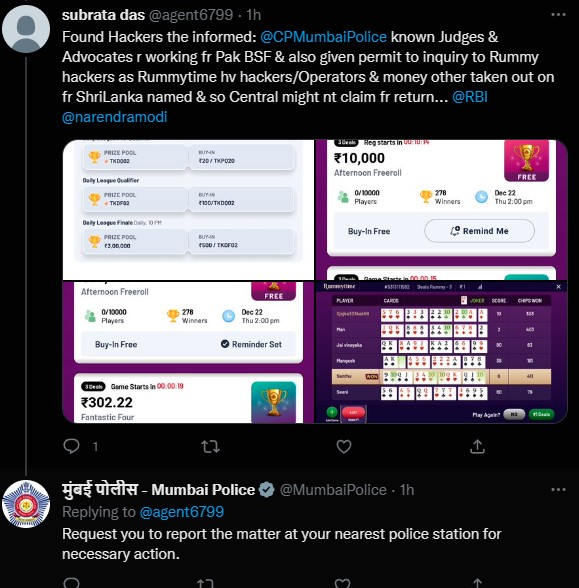KPI or Key Performance Indicator to measure the success of a Digital Marketing campaign
KPI or Key Performance Indicator to measure the success of a Digital Marketing campaign.
Pointers
- What is KPI, and why should we track it?
- How KPIs help to improve overall business and marketing
- What are the KPIs?
- Things to keep in mind
What is Key Performance Indicator ?
KPI OR Key Performance Indicator is a specific, measurable, quantifiable performance metric that helps in tracking the progress of a defined objective and improves post-analytical measurements.
How KPIs help to improve overall business and marketing
Over time technological advancement created a need for more advanced strategy building to grow business and also measuring a different kind of progress has become an absolute necessity
The way KPI / Key Performance Indicator works
- KPI Helps in defining realistic targets and helps in measuring those targets. Business can align their efforts according to the results.
- KPI allows businesses to monitor trends and performance changes in real-time so that businesses can take actionable steps.
- Deciding what to track and why to track is a key factor for the strategic planning of a business. Thus defining KPI helps in designing realistic strategies.
- Defining Right Key Performance Indicator = Appropriate Decision making. A lot of strategies do not work because of wrong metric tracking. As an Example If your ADs campaign is not working, just focusing on Impressions and clicks will not solve the issue. You have to check for which search terms ADs are appearing or what is the Quality score of your keywords
Now Important Digital Marketing KPIs
Average Lead Score:
The average lead score is the average score given to all the leads generated by your marketing efforts. It helps you determine the quality of your leads and identify opportunities for improvement.
Formula: Total lead score / Total number of leads
Bounce Rate:
Bounce rate is the percentage of visitors who leave your website after viewing only one page. It indicates the relevance of your website content to the visitors and the quality of your traffic sources.
Formula: Total number of single-page visits / Total number of website visits
Brand Awareness:
Brand awareness is the extent to which consumers are familiar with your brand and can recognize it. It helps you assess the effectiveness of your marketing campaigns in building brand recognition.
Formula: Total number of brand mentions / Total number of potential audience
Click Through Rate (CTR):
Click Through Rate (CTR) is the ratio of clicks to impressions for an ad or email campaign. It indicates the relevance and effectiveness of your ad or email copy in generating interest and engagement.
Formula: (Total clicks / Total impressions) x 100
Cost per Action (CPA):
Cost per Action (CPA) is the total cost of a marketing campaign divided by the number of desired actions taken by the audience, such as filling out a form or making a purchase. It helps you evaluate the efficiency of your marketing efforts in achieving your desired objectives.
Formula: Total cost of marketing campaign / Number of desired actions taken
Cost per Conversion:
Cost per Conversion is the total cost of a marketing campaign divided by the number of conversions, such as a purchase or a sign-up. It helps you evaluate the efficiency of your marketing efforts in generating conversions.
Formula: Total cost of marketing campaign / Number of conversions
Cost per Lead:
Cost per Lead is the total cost of a marketing campaign divided by the number of leads generated. It helps you evaluate the efficiency of your marketing efforts in generating leads.
Formula: Total cost of marketing campaign / Number of leads generated
Customer Acquisition Cost (CAC):
Customer Acquisition Cost (CAC) is the total cost of acquiring a new customer. It includes all the expenses involved in attracting and converting a prospect into a paying customer. It helps you determine the profitability of your customer acquisition efforts.
Formula: Total cost of marketing and sales efforts / Number of new customers acquired
Customer Lifetime Value (CLV):
Customer Lifetime Value is the total revenue generated by a customer over the entire duration of their relationship with your business. It helps you determine the profitability of your customer base and the effectiveness of your retention efforts.
Formula: (Average purchase value x Average purchase frequency rate x Customer lifespan)
Average Purchase Value-Total Revenue / Number of Orders
Average Purchase Frequency Rate – Number of purchase/Number of customers
Customer value – AVG. Purchase value / AVG. Purchase Frequency rate
AVG. Customer Life Span- Sum of customer lifespan / number of customer
Funnel Conversion Rate:
Funnel Conversion Rate is the percentage of leads that successfully navigate through your sales funnel and become paying customers. It helps you assess the effectiveness of your sales funnel and identify areas for improvement.
Formula: (Number of customers / Number of leads) x 100
Goal Completion Rate:
Goal Completion Rate is the percentage of website visitors who complete a specific goal or action, such as filling out a form or making a purchase. It helps you evaluate the effectiveness of your website in achieving your business objectives.
Formula: (Number of goal completions / Total number of website visits) x 100
Lead Conversion Rate:
Lead Conversion Rate is the percentage of leads that are converted into paying customers. It helps you evaluate the effectiveness of your lead nurturing and conversion strategies.
Formula: (Number of customers / Number of leads) x 100
New Lead Generated:
New Lead Generated is the number of new leads generated by your marketing efforts. It helps you track the effectiveness of your lead generation strategies.
Formula: Total number of new leads generated
Newsletter Signup:
Newsletter Signup is the number of website visitors who sign up for your email newsletter. It helps you track the effectiveness of your email marketing efforts in building your subscriber base.
Formula: Total number of newsletter signups
Call Conversion:
Call Conversion is the percentage of phone calls that result in a desired action, such as a sale or an appointment booking. It helps you evaluate the effectiveness of your phone sales or customer service efforts.
Formula: (Number of desired actions taken / Total number of phone calls) x 100
Landing Page View:
Landing Page View is the number of times your landing page is viewed by website visitors. It helps you assess the effectiveness of your landing page in generating interest and engagement.
Formula: Total number of landing page views
Session by Device Type:
Session by Device Type is the number of website sessions generated by each type of device, such as desktop or mobile. It helps you assess the effectiveness of your website design and optimization efforts for different types of devices.
Formula: Total number of website sessions by device type
Web Traffic Source:
Web Traffic Source is the origin of your website traffic, such as search engines or social media platforms. It helps you assess the effectiveness of your traffic sources and allocate your marketing resources more effectively.
Formula: Total number of website visits by traffic source
Referral Traffic:
Referral Traffic is the number of website visits generated by referral sources, such as backlinks or social media shares. It helps you assess the effectiveness of your referral marketing efforts.
Formula: Total number of website visits from referral sources
Return on Ad Spent (ROAS):
Return on Ad Spent (ROAS) is the revenue generated from your advertising campaigns divided by the cost of those campaigns. It helps you evaluate the profitability of your advertising efforts and optimize your ad spend.
Formula: (Total revenue from ad campaigns / Total cost of ad campaigns) x 100
Influencer Marketing KPIs to track
- Open rate: The percentage of recipients who opened your email.
Formula: (Total opens ÷ Total emails sent) x 100
- Click-through rate (CTR): The percentage of recipients who clicked on a link in your email.
Formula: (Total clicks ÷ Total emails sent) x 100
- Conversion rate: The percentage of recipients who completed a desired action, such as making a purchase or filling out a form, after clicking on a link in your email.
Formula: (Total conversions ÷ Total clicks) x 100
- Bounce rate: The percentage of emails that were undeliverable and returned to the sender.
Formula: (Total bounced emails ÷ Total emails sent) x 100
- Unsubscribe rate: The percentage of recipients who opted out of receiving future emails from you.
Formula: (Total unsubscribes ÷ Total emails sent) x 100
- Revenue per email: The amount of revenue generated per email sent.
Formula: Total revenue ÷ Total emails sent
- List growth rate: The rate at which your email list is growing.
Formula: [(New subscribers – Unsubscribes) ÷ Total subscribers] x 100
By tracking these KPIs, you can measure the effectiveness of your email marketing campaigns and make data-driven decisions to improve your strategy.
Influencer Marketing KPIs to track
- Reach: The number of people who see the influencer’s content.
Formula: Number of followers + Number of views
- Engagement: The level of interaction the influencer’s content receives.
Formula: Total likes + Total comments + Total shares / Number of posts
- Impressions: The number of times the influencer’s content is seen.
Formula: Reach x Frequency
- Click-through rate (CTR): The percentage of people who click on a link in the influencer’s content.
Formula: Number of clicks / Number of impressions x 100
- Conversion rate: The percentage of people who take a desired action after clicking on a link in the influencer’s content.
Formula: Number of conversions / Number of clicks x 100
- Return on investment (ROI): The amount of revenue generated from the influencer marketing campaign compared to the cost of the campaign.
Formula: (Revenue generated – Cost of campaign) / Cost of campaign x 100
These KPIs can help you measure the success of your influencer marketing campaigns and make data-driven decisions to improve future campaigns.
Social media Marketing KPI to track
- Reach: The number of people who see your content.
Formula: Total number of followers + Total number of shares + Total number of impressions
- Engagement: The level of interaction your content receives.
Formula: Total likes + Total comments + Total shares / Number of posts
- Impressions: The number of times your content is seen.
Formula: Number of times content is displayed
- Click-through rate (CTR): The percentage of people who click on a link in your content.
Formula: Number of clicks / Number of impressions x 100
- Conversion rate: The percentage of people who take a desired action after clicking on a link in your content.
Formula: Number of conversions / Number of clicks x 100
- Cost per click (CPC): The average cost for each click on your ad or post.
Formula: Total cost of campaign / Number of clicks
- Return on investment (ROI): The amount of revenue generated from your social media marketing campaign compared to the cost of the campaign.
Formula: (Revenue generated – Cost of campaign) / Cost of campaign x 100
- Customer acquisition cost (CAC): The cost of acquiring a new customer through your social media marketing efforts.
Formula: Total cost of campaign / Number of new customers acquired
These KPIs can help you measure the success of your social media marketing campaigns and make data-driven decisions to improve future campaigns.
KPI or Key Performance Indicator to measure the success of a Digital Marketing campaign Read More »
